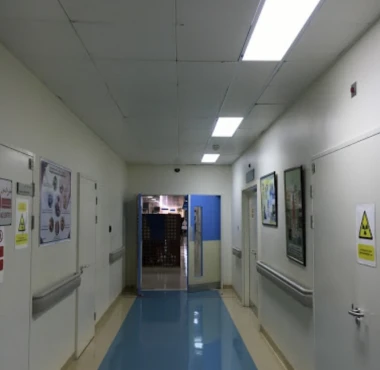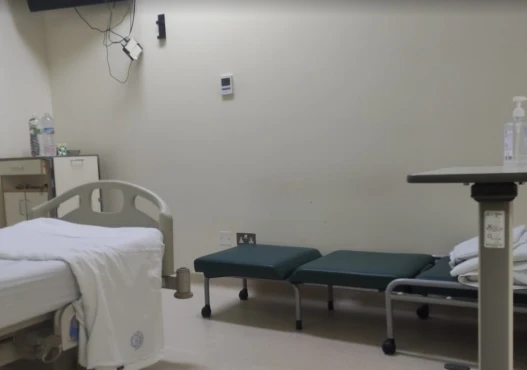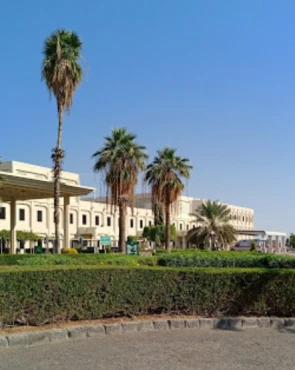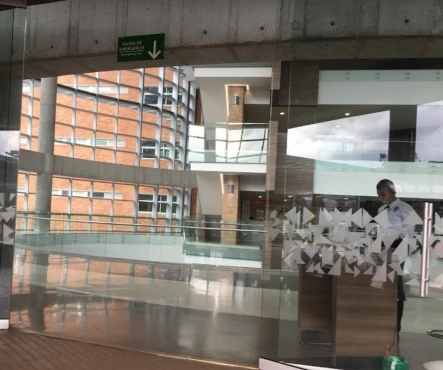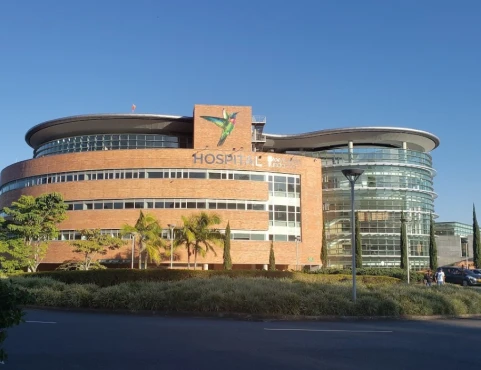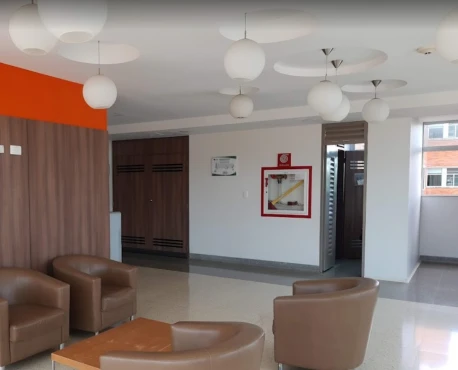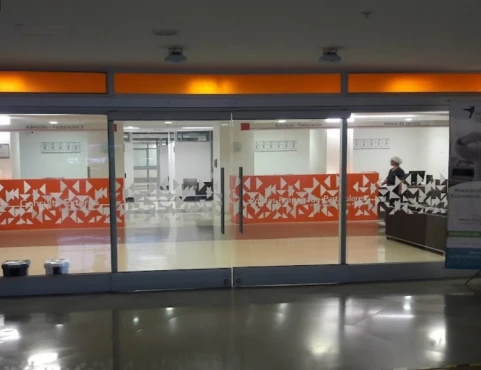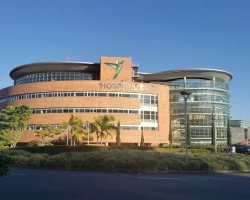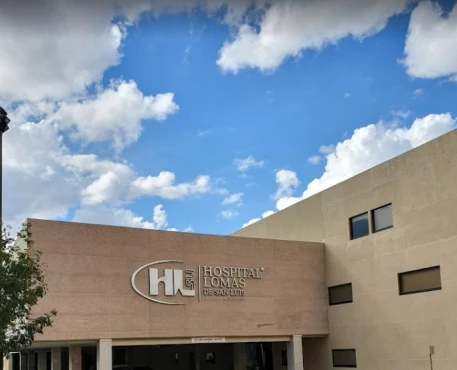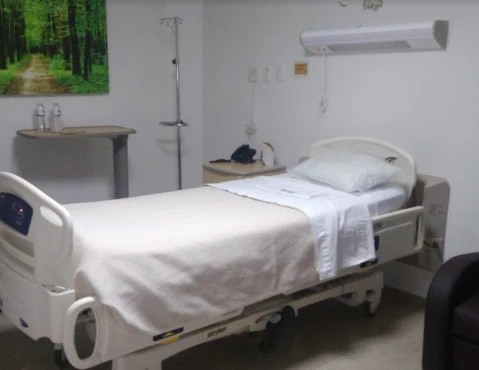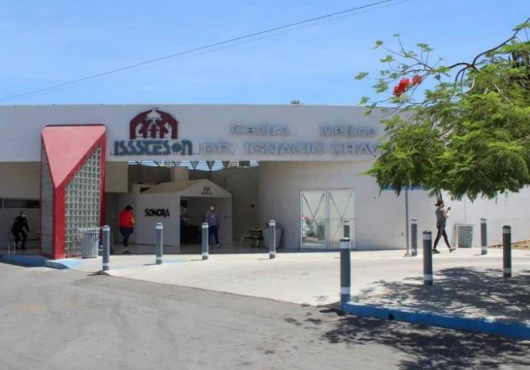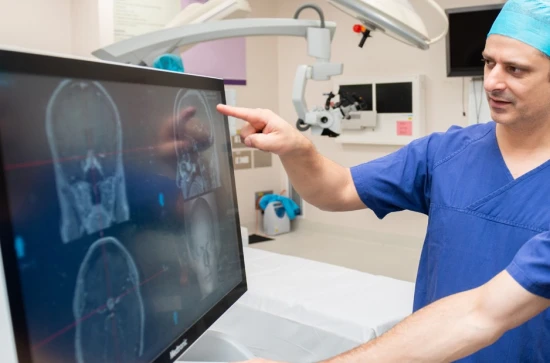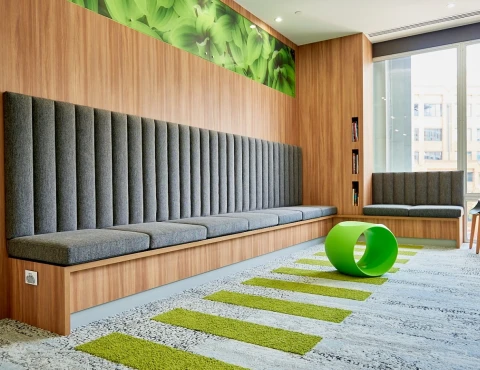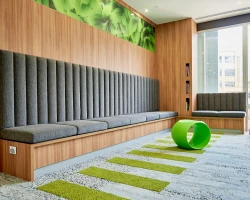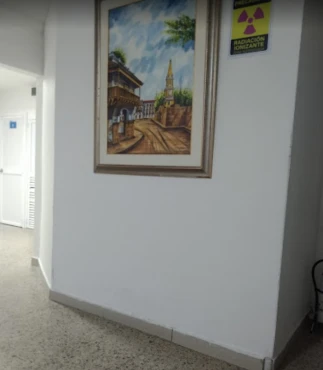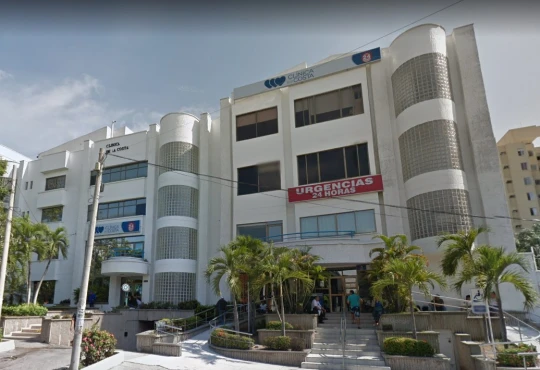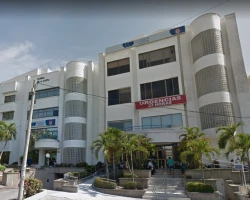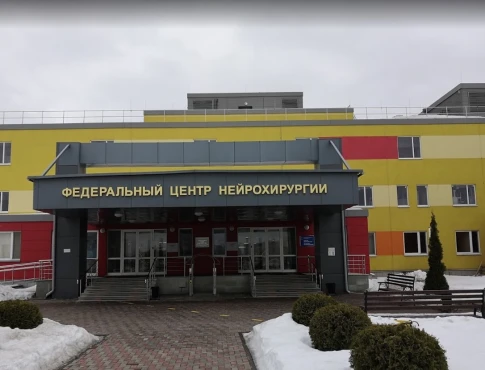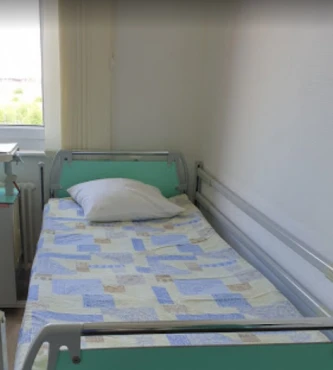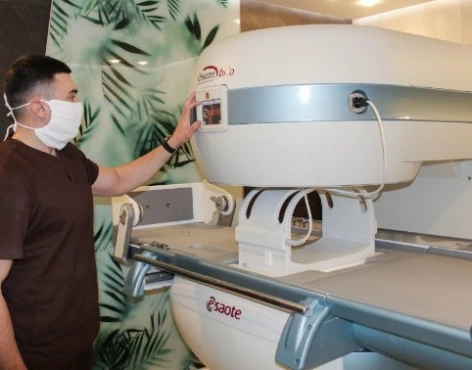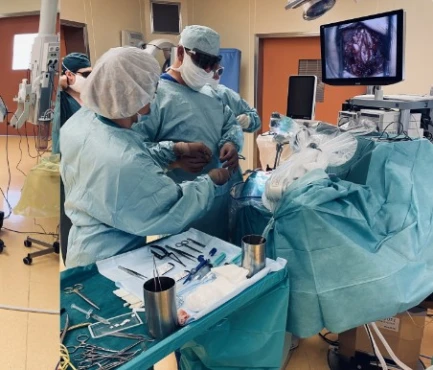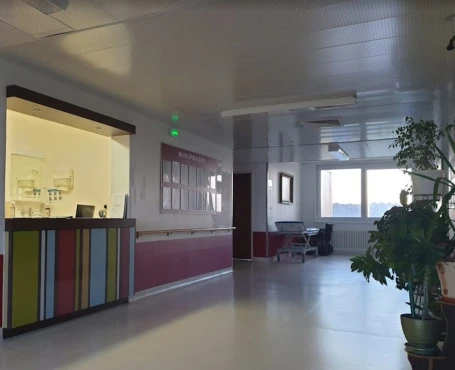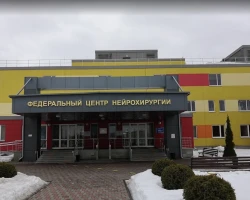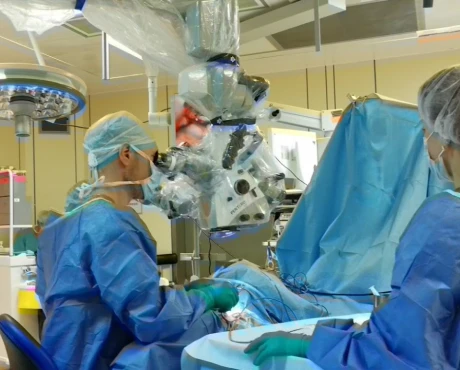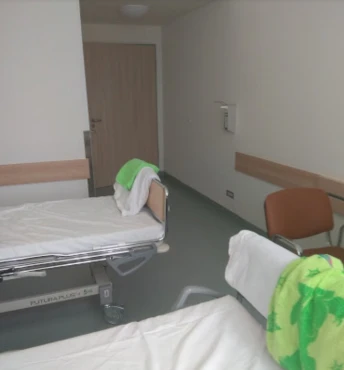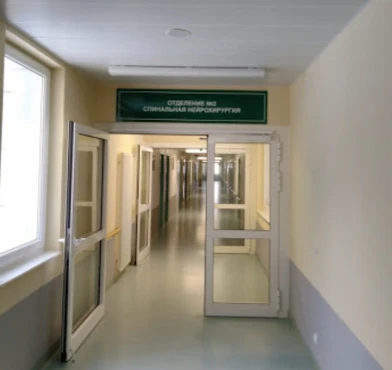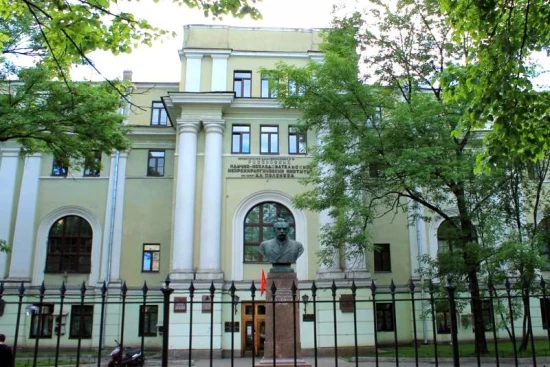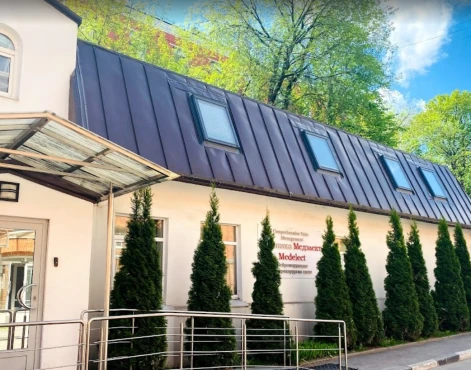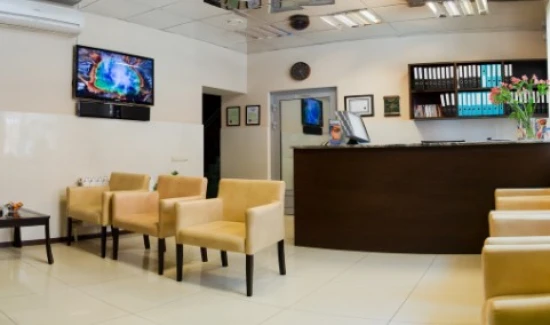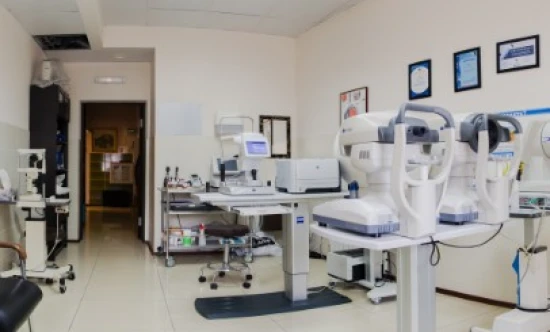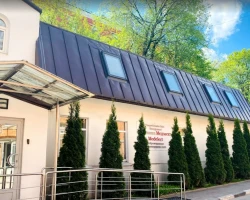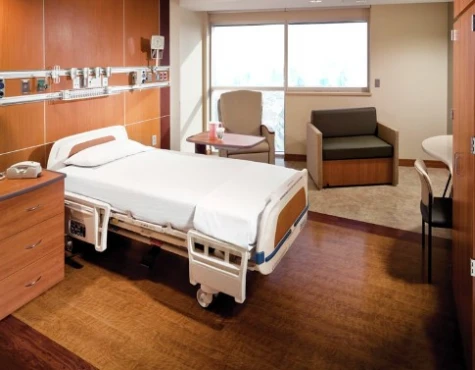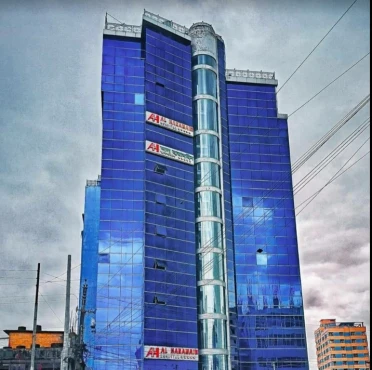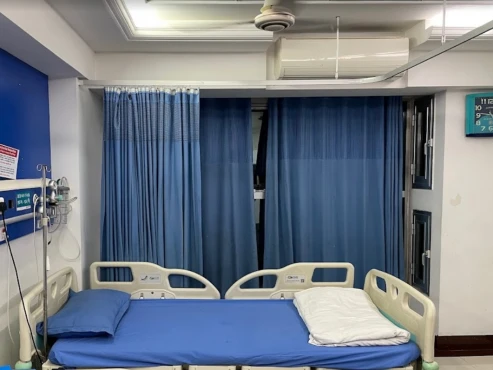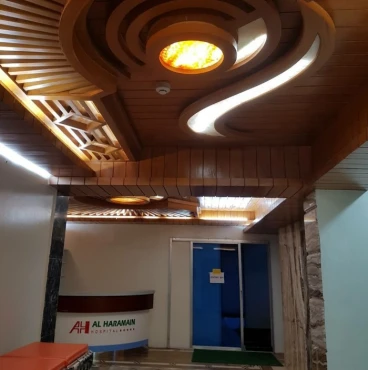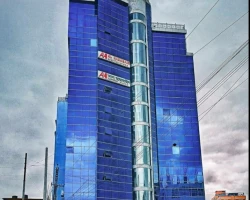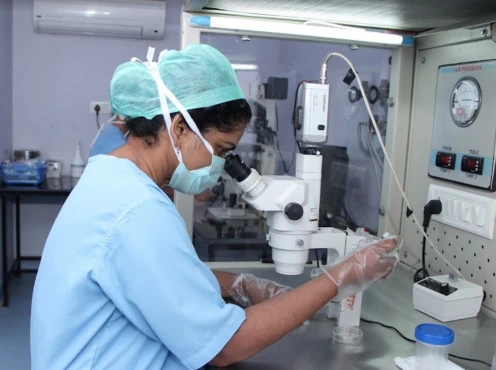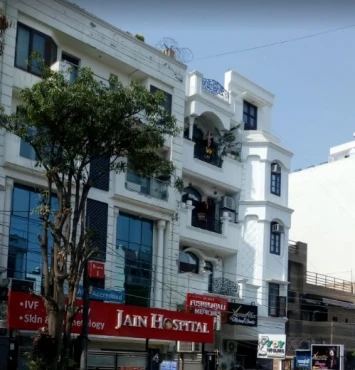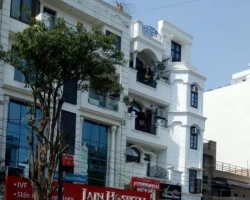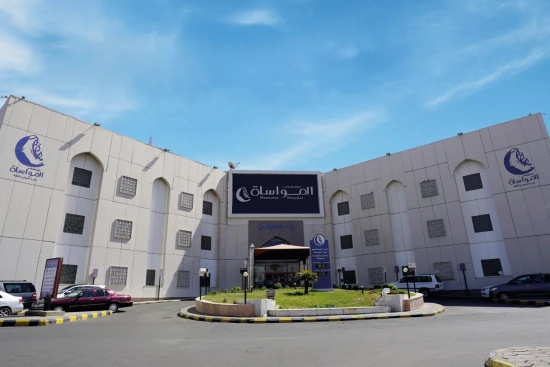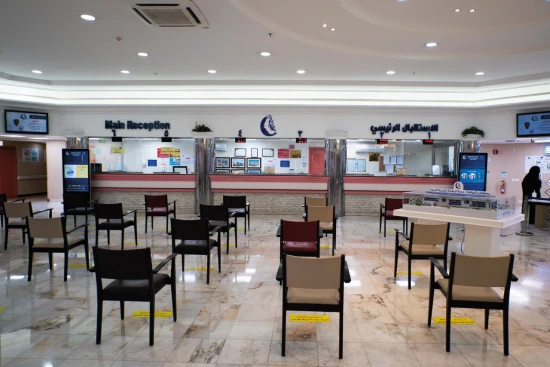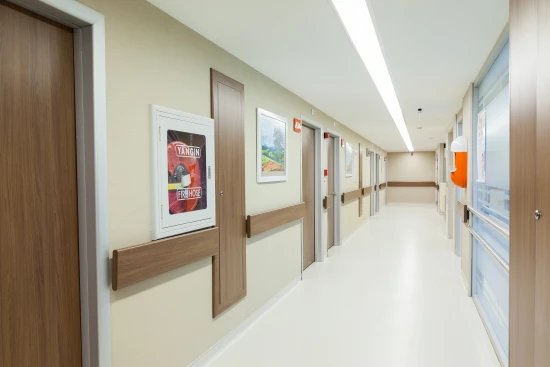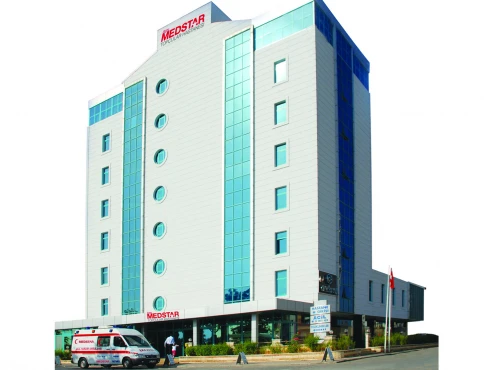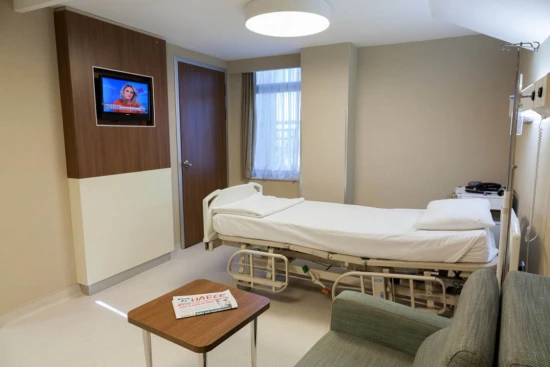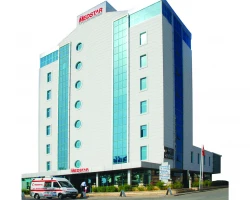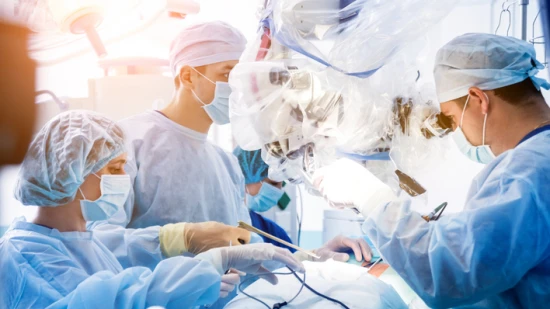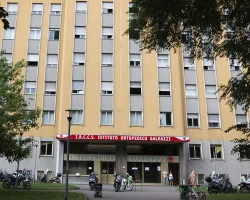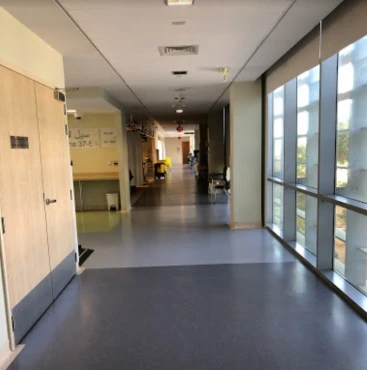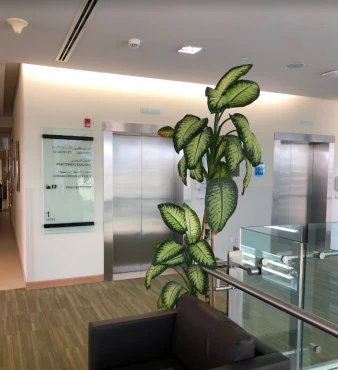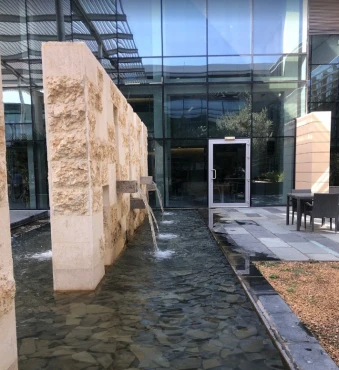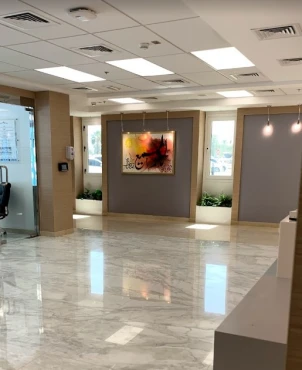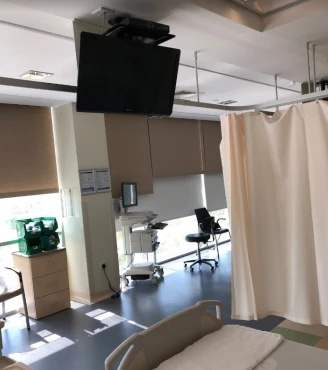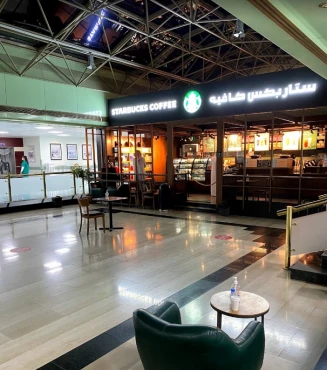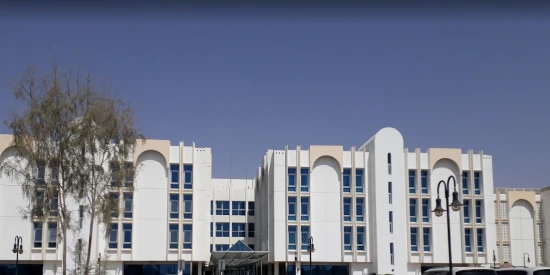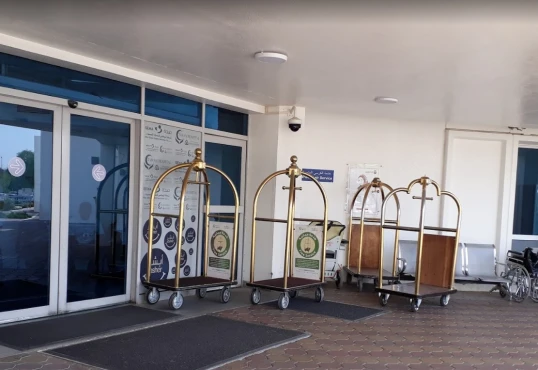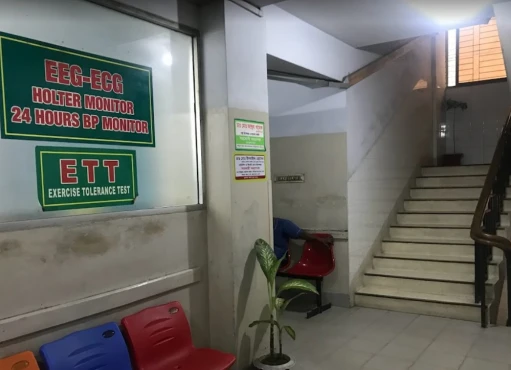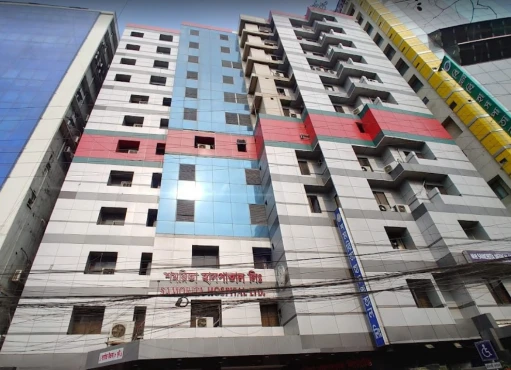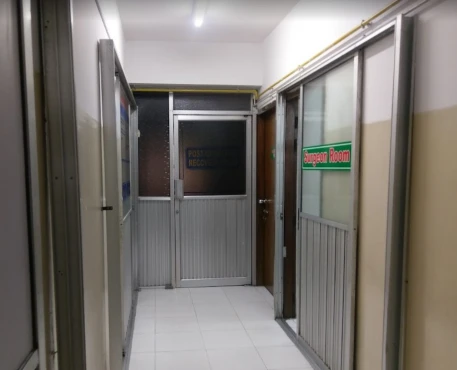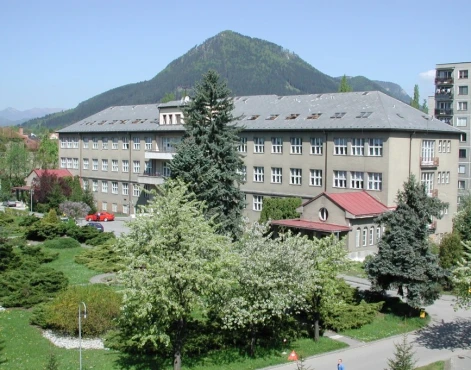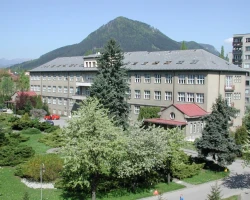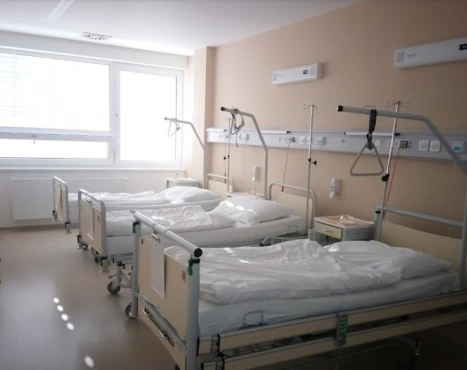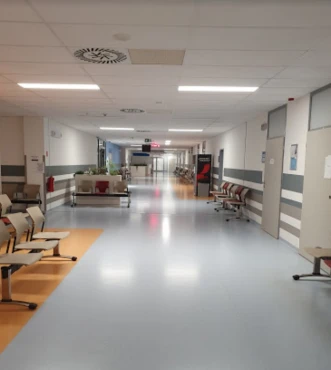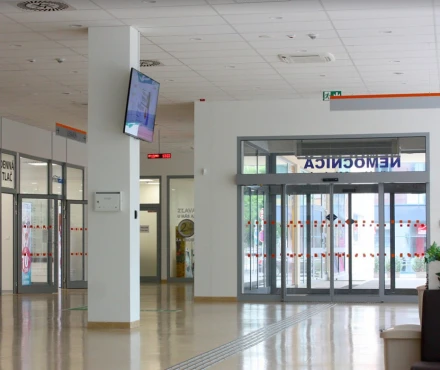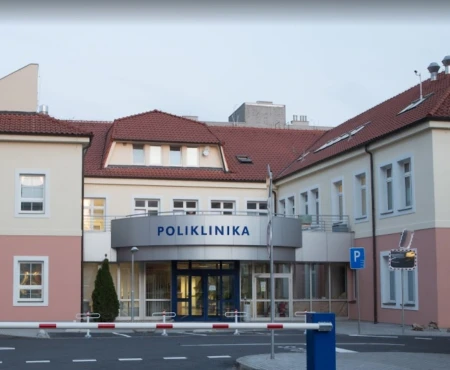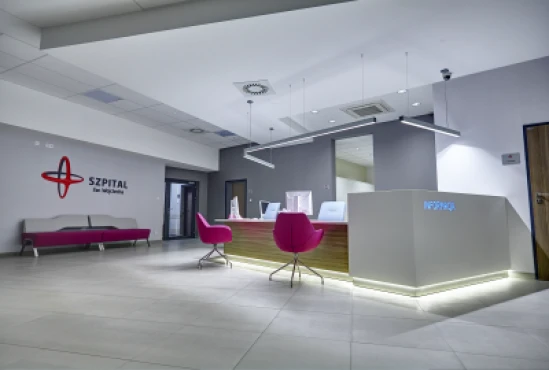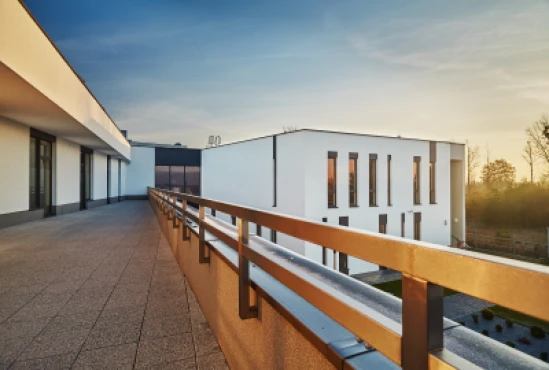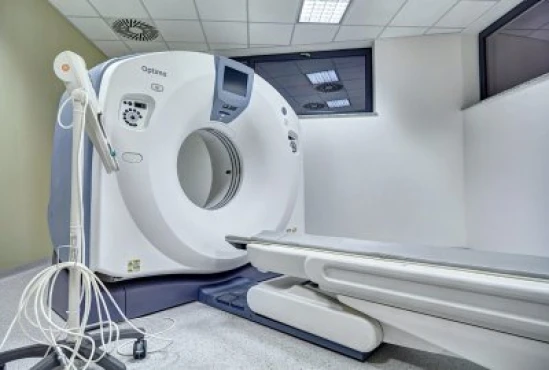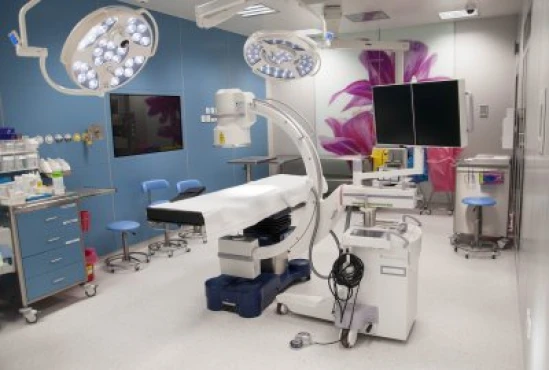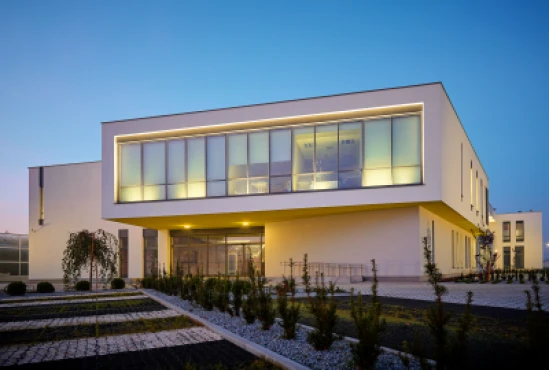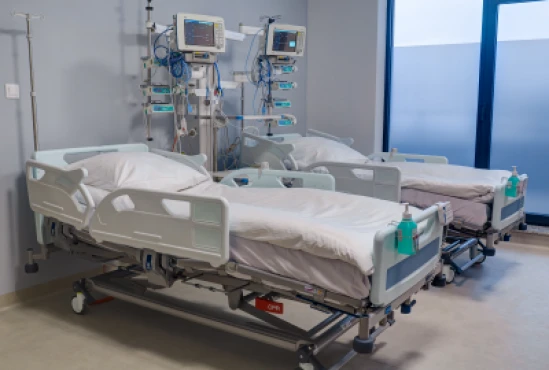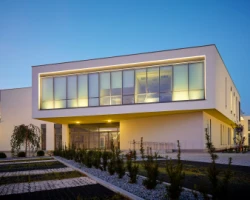Deep brain stimulation (DBS) in 398 Neurosurgery clinics worldwide
398 clinics specializing in Neurosurgery providing Deep brain stimulation (DBS) Deep brain stimulation (DBS) is a surgical procedure where electrodes are implanted in specific regions of the brain and connected to a device that delivers electrical impulses, used to treat neurological conditions such as Parkinson's disease or essential tremor. procedure worldwide.
Sorted by:
Relevance
Rating
Cost of procedures
Relevance
Prices for selected procedures, total:
≈ $24,694
Prices for popular procedures:
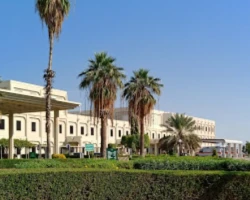
Seeb, Oman
Specializations: Cardiac surgery, Vascular surgery, Thoracic surgery, Neurosurgery, Orthopedic surgery, Oncology
Languages: English
Sultan Qaboos University Hospital, Muscat Sultanate of Oman was established in 1990 to provide medical care in a patient friendly atmosphere and in a spirit
read more
Prices for selected procedures, total:
≈ $42,195
Prices for popular procedures:
Prices for selected procedures, total:
≈ $49,720
Prices for popular procedures:
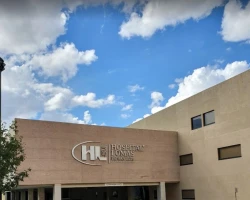
San Luis Potosí, Mexico
Specializations: Cardiac surgery, Vascular surgery, Thoracic surgery, Neurosurgery, Orthopedic surgery, Oncology
Languages: English
The Lomas de San Luis Hospital raises the standards of Medical Care in the region by putting at your disposal all the modernity and technological
read more
Prices for selected procedures, total:
≈ $49,720
Prices for popular procedures:

Hermosillo, Mexico
Specializations: Cardiac surgery, Vascular surgery, Thoracic surgery, Neurosurgery, Orthopedic surgery, Oncology
The "Dr. Ignacio Chávez" Medical Center is located in the municipality of Hermosillo and has sufficient facilities to provide quality care to patients, with 113
read more
Prices for selected procedures, total:
≈ $109,283
Prices for popular procedures:
Prices for selected procedures, total:
≈ $42,195
Prices for popular procedures:
Prices for selected procedures, total:
$22,120
Prices for popular procedures:
Prices for selected procedures, total:
≈ $12,313
Prices for popular procedures:

Novosibirsk, Russia
Specializations: Cardiac surgery, Vascular surgery, Thoracic surgery, Neurosurgery, Spine surgery, Oncology
The Federal state hospital "Federal Neurosurgical Center" of Russian Federation Healthcare Ministry has began neurosurgical activity in September 2012. The Center was built as a
read more
Prices for selected procedures, total:
$2,507
Prices for popular procedures:
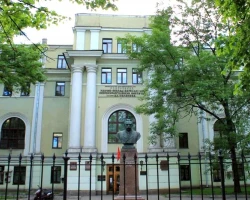
Saint Petersburg, Russia
Specializations: Vascular surgery, Neurosurgery, Spine surgery, Oncology
Languages: English, Russian
Polenov Neurosurgical Institute is the oldest institution in Russia and the first scientific and practical neurosurgical institute in the world. It was opened in May
read more
Prices for selected procedures, total:
≈ $12,313
Prices for popular procedures:
Prices for selected procedures, total:
≈ $17,303
Prices for popular procedures:
Prices for selected procedures, total:
≈ $31,964
Prices for popular procedures:
Prices for selected procedures, total:
≈ $35,666
Prices for popular procedures:
Prices for selected procedures, total:
≈ $34,386
Prices for popular procedures:
Prices for selected procedures, total:
by request
Prices for popular procedures:
Prices for selected procedures, total:
≈ $133,806
Prices for popular procedures:
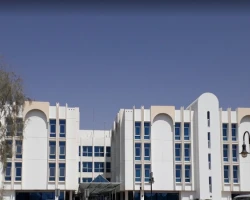
Al Ain, United Arab Emirates
Specializations: Vascular surgery, Thoracic surgery, Neurosurgery, Spine surgery, Orthopedic surgery, Oncology
Welcome to Tawam Hospital, where you will find a wealth of services, treatments and programs that cater to your healthcare and wellbeing needs. Since our
read more
Prices for selected procedures, total:
≈ $17,303
Prices for popular procedures:
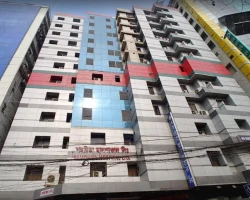
Dhaka, Bangladesh
Specializations: Cardiac surgery, Vascular surgery, Thoracic surgery, Neurosurgery, Spine surgery, Orthopedic surgery, Oncology
Languages: Japanese, Arabic, English, Persian, Urdu, Chinese
Samorita Hospital Ltd. since its inception in 1984 one of the pioneer private Hospital at Dhaka and as a matter fact all over Bangladesh. The
read more
Prices for selected procedures, total:
≈ $54,325
Prices for popular procedures:
Prices for selected procedures, total:
$54,325
Prices for popular procedures:
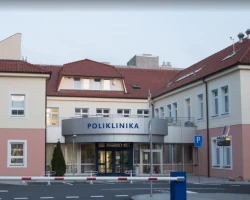
Bratislava, Slovakia
Specializations: Vascular surgery, Thoracic surgery, Neurosurgery, Spine surgery, Orthopedic surgery, Oncology
Saint Michael's Hospital, Bratislava is a specialized hospital providing outpatient and institutional health care for clients of all health insurance companies in Slovakia. Outpatient health
read more
Prices for selected procedures, total:
≈ $49,591
Prices for popular procedures:
Procedure price distribution worldwide
Deep brain stimulation (DBS):
$0.8 K
This price found at
Republican Research and Clinical Center of Neurology and Neurosurgery
in Belarus, Minsk
$63.8 K - 130.3 K
This price found at
Aarhus University Hospital (Skejby Sygehus)
and 93 more clinics in 17 countries
$190.2 K
This price found at
Hôpitaux Universitaires de Genève (HUG)
in Switzerland, Genève
Minimum Average Maximum
Procedure prices in popular countries:
Deep brain stimulation (DBS):
Turkey
$35.0 K - 35.1 K
in
18 clinics
Israel
$63.8 K - 63.9 K
in
12 clinics
United States
$74.4 K - 113.0 K
in
13 clinics
China
$144.2 K - 144.2 K
in
4 clinics
Germany
$154.2 K - 154.2 K
in
24 clinics
Countries with the highest number of clinics offering the procedures treatment:
Deep brain stimulation (DBS):
worldwide
409 clinics
Brazil
34 clinics
India
32 clinics
Germany
24 clinics
Mexico
24 clinics
Colombia
23 clinics
Clinics grouping by rating
Clinic with the highest rating of 5 — Gangnam Severance Hospital in Seoul, South Korea and 1 more, clinic with the most reviews number of 35757 — Aster CMI hospital in Bengaluru, India.
With rating 4.0 and over — 136 clinics .


